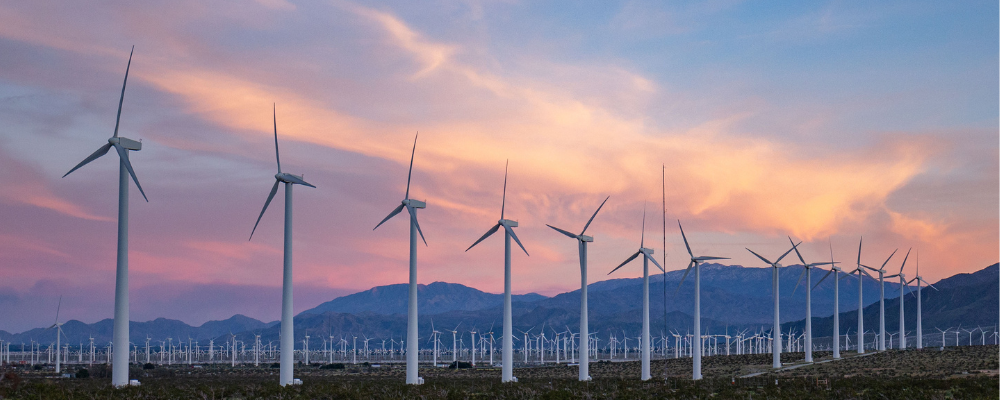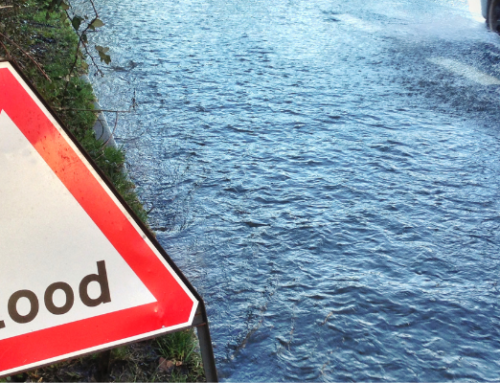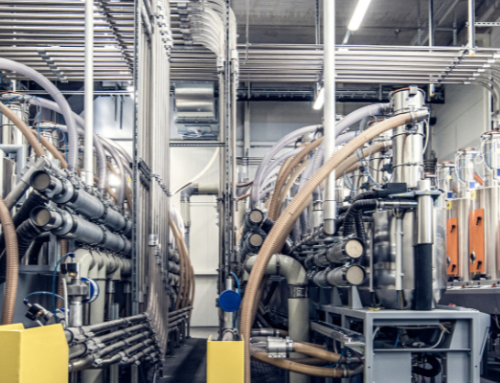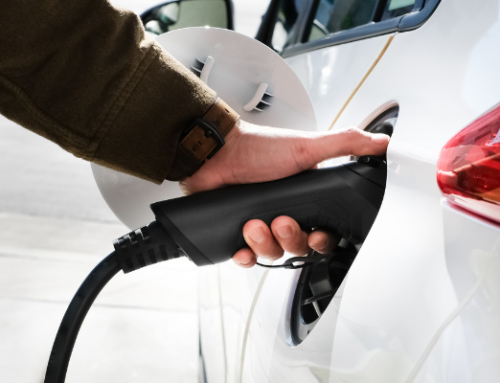Onshore wind is a key part of the government’s plans to become a clean energy superpower. But, as wind turbines have a limited lifespan, a robust approach to risk management is essential.
Ambitious reforms to the energy system will see the government reach its objective of achieving clean power by 2030. And, with onshore wind production set to double to help it achieve this goal, insurance has a key role to play in supporting the growth of the sector.
Thanks to its strong winds and coastline, the UK is one of the best locations in the world for wind turbines. The latest Renewable UK Energy Pulse Onshore Wind Report1 outlines that already the UK has 15.5 gigawatts (GW) of onshore wind capacity in operation – enough to power 10.9 million homes.
But, under its Clean Power 2030 Action Plan2, the Government wants to increase onshore wind production to 27-29GW over the next five years.
All go for onshore wind
The Government gave the green light to the UK reaching this target in July 2024 when it lifted the existing ban on new onshore wind developments3. This ban had been in place since 2015 when the Conservative government put strict planning requirements in place, effectively only allowing local authorities to grant planning permission if there was backing from the local community and the development was included in local plans.
North of the border, the Scottish government is also pushing the onshore wind agenda. It released a policy statement in December 20224, setting out its ambition to deploy 20GW of onshore wind by 2030 – up from nearly 9GW at that point.
Thanks to these initiatives, there has already been a significant increase in the UK’s pipeline for onshore wind projects. The Renewable UK Energy Pulse Report found this had grown by 4.2GW between September 2023 and September 2024 – up from just 1.5GW over the previous twelve-month period and enough to power almost three million homes a year1.
Wind turbine risk radar
Onshore wind power providers may be celebrating the easing of planning rules, but understanding and managing the risks associated with wind turbines is essential as the sector grows.
Wind turbines are subject to several risks including:
- Weather – wind turbines are designed to be exposed to the elements but environmental factors including lightning strikes, airborne particulates and even the buildup of ice can lead to damage and deterioration to the blades. These can even come under stress due to wind and rainfall, affecting performance and causing delamination and cracking.
- Vibration – excessive vibration is the main cause of wear and tear across a wind turbine. As an example, a wind turbine gearbox helps to produce electricity by converting the slow blade rotation into faster rotation for the generator but, if it is exposed to high loads from wind speeds and turbulence it can affect the mechanical parts and cause it to fail.
- Condensation – wind turbines are not airtight so there is a constant flow of air bringing in moisture. A combination of this moisture with humidity and, in coastal locations, salt too, can cause condensation on the cold surfaces inside the tower and nacelle. This can lead to the degradation of the turbine, but this condensation can also run into the electrical components, causing them to fail.
Additionally, and even where these risks are minimal, wind turbines have an average life span of 20-25 years. Advances in technology mean this is likely to increase but it is a key figure for both wind turbine owners and the government to consider.
The hiatus in new wind farm developments over the last decade means that many of the turbines currently in operation are set to reach end of life within the next 15 years, with figures from Energy UK5 showing the UK is in danger of losing almost 9GW of its onshore wind generating capacity by 2040 as turbines reach end of life.
Maintenance and risk management
A robust maintenance programme is essential when it comes to identifying and reducing risk across onshore wind farms and extending the lifespan of the turbines. This should involve regular risk assessments to understand potential threats and how they can be managed as well as an annual maintenance regime supported by both monthly and weekly inspections to spot any problems quickly.
Key to this is the Supervisory Control and Data Acquisition (SCADA) system. This monitors the components within the wind turbine, providing data that can help to target maintenance programmes and improve wind turbine operation.
As an example, a SCADA system will monitor vibration across the wind turbine. If it detects excessive vibration, this could indicate that something isn’t operating correctly and needs to be adjusted or overhauled to prevent wear and tear and improve performance.
Lifespan extension
While prompt identification and management of risks can help to extend the operational lifespan of a wind turbine, owners should also think about the future of their turbines and have a degradation strategy in place.
Repowering is an option. This could involve full repowering, where existing turbines are replaced with new ones to take advantage of a tried and tested site; or partial repowering, where turbines are refurbished to extend their lifespan.
The most appropriate solution is dependent on various factors such as the site and the state of existing turbines, but each option has its advantages and disadvantages. A full repower will be costly, but it has the benefit of new and more advanced turbines that should generate more power.
Partial repowering should be lower cost, but it is unlikely to see such a marked improvement in energy production. There can also be issues sourcing replacement or refurbished parts. Legacy parts may no longer be available and, if a refurbished part is selected, it’s essential to understand how it has been refurbished and the testing it has undergone. Sadly, there have been examples of parts being sold as refurbished that have simply been painted to look like new.
Insurance implications
As well as close attention to the risks associated with running an onshore wind farm, insurance wordings must be fully understood. Costs associated with repairs or business interruption can be high so it’s essential the right insurance cover is in place. Policies can include damage to property insured on the site, including breakdown. Degradation leads to more frequent and costly maintenance and repairs and additional expenses which is unlikely to be covered under a policy.
Liability cover is another key area to consider, especially as the onshore wind sector expands. Wind farms are often sited in areas close to the sea or in the countryside, both of which can also be attractive places to visit.
Ensuring there is adequate public and products liability cover will ensure that, if there is an accident involving a member of the public or their property, compensation claims will be settled.
Supply chain squeeze
Where a wind turbine has sustained damage and new parts are required, business interruption is often the biggest issue. Lengthy supply chains can mean that this is where a wind farm starts leaking money.
Supply chains have been under pressure since the pandemic and there are no signs of any improvement. Many of the wind turbine manufacturers are based in the US where controls around export can add months to supply times. As a result, a replacement period of six months or more is not unusual.
The government’s plans to increase onshore wind could even mean these supply chains increase. As demand for wind turbines grows, it may become harder to source replacement parts. Wind farm owners will need to ensure the business interruption indemnity period is sufficient to cover these supply chains.
Inspection time
As wind turbines approach the end of their lifespan, understanding their condition and any associated risks is essential. To enable this, we require insureds to commission a full inspection report when a wind turbine has been in operation for 20 years.
The report, which is undertaken by independent engineering inspectors, details the state of the turbine and makes recommendations regarding its future operational life.
These recommendations could range from scrapping the turbine as it has reached end of life or, where the condition and ongoing maintenance programme permits, giving it further years of operation.
It’s also important to encourage wind farm owners to speak to insurers and brokers if they’re planning any changes. Introducing new technology, enhancing a risk management programme, or expanding a site can have implications for risk and underwriting. Engaging them in the process will ensure all the implications are considered and the wind farm owner benefits from their experience and expertise.
Advances in technology mean some of these issues are likely reduce over the years as design features are added to enable them to better withstand weather conditions.
But, with wind turbines constantly tested by the Great British weather, regular monitoring, risk management and a robust maintenance programme are essential to ensure they keep powering the nation.
We are here to help
Please do get in touch if you would like to know more about how we can support you and your business.
This article was adapted from an article by Allianz which can be found here.






